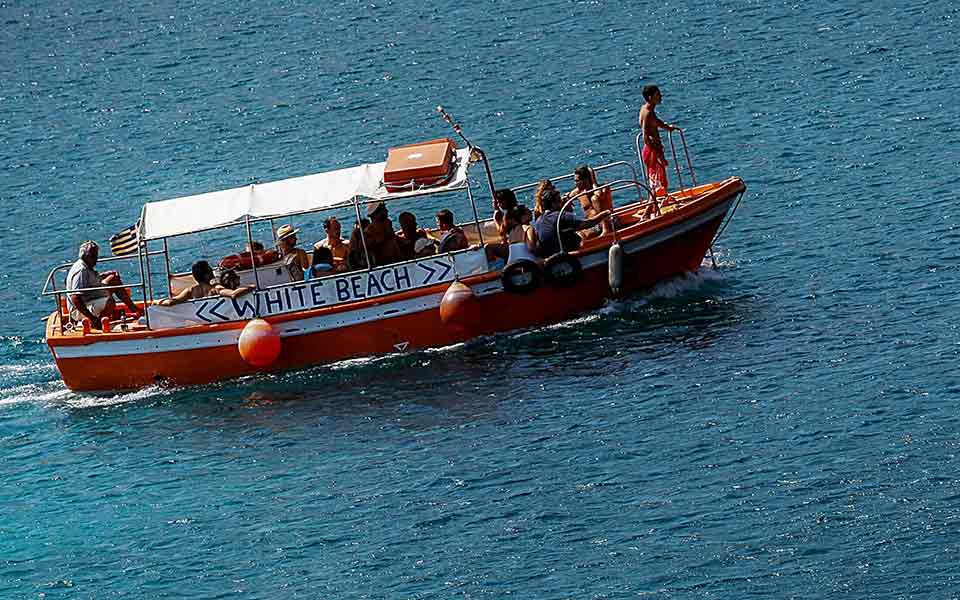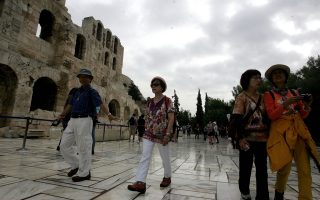Central Macedonia, Attica, South Aegean top tourist picks

Visits to regions of Greece and expenditure by visitors to the country both posted an increase of 23 percent from 2016 to 2018, but average spending per visit remained almost the same, at 449 euros, according to a report by the Institute of the Greek Tourism Confederation (INSETE).
In 2018, the number of visits to Greek regions came to 34.83 million, up 23 percent from 28.38 million in 2016, while tourism receipts over the same period also jumped 23 percent, from 12.75 billion euros to 15.65 billion euros.
By the statistical term “visits,” INSETE refers to each region of the country a tourist has visited, so if someone coming to Greece travels to two regions (such as Attica and South Aegean), that is recorded in the Border Survey of the Bank of Greece as one arrival and two visits. This is why the sum of visits to the regions exceeds the sum of arrivals in the country.
Average spending per visit posted an increase in six out of Greece’s 13 regions and a decline in the other seven. The biggest drop, which weighed on the national average, came from the Region of Crete, where average spending fell by 12 percent, from 682 euros in 2016 to 599 euros in 2018. Nevertheless the Bank of Greece reported an 8.7 percent increase in average spending per trip in the first 11 months of 2019.
Regarding visitor numbers and their increase in the period from 2016 to 2018, the biggest growth was observed in the regions of the South Aegean, Central Macedonia and Attica. The South Aegean, which includes the Cyclades and the Dodecanese, accounted for 19 percent of all visits to the country’s regions in 2018, recording 27 percent growth compared to 2016, with the number of visits rising from 5.2 million to 6.6 million.
Attica accounted for 16 percent of all visits in 2018, posting a 25 percent jump (from 4.5 million to 5.7 million). However, the biggest share belongs to Central Macedonia, mostly thanks to visitors from neighboring Balkan states, as it accounted for 22 percent of visits in 2018. Its numbers showed a 22 percent increase from 6.4 million in 2016 to 7.8 million in 2018.





